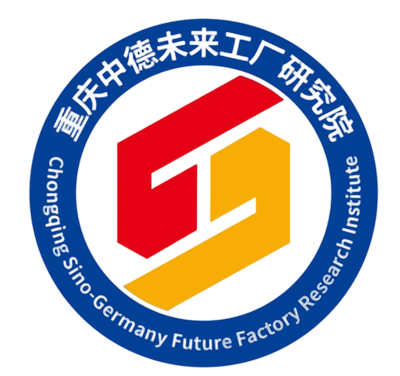Smart Monitoring of Solar Photovoltaic Panels by the Approach of Machine Learning
DOI:
https://doi.org/10.37965/jdmd.2023.159Keywords:
Solar photovoltaic panels, Condition monitoring, Neural network, Support vector machineAbstract
The exploitation of renewable energy has become a pressing task due to climate change and the recent energy crisis caused by regional conflicts. This has further accelerated the rapid development of the global photovoltaic (PV) market, thereby making the management and maintenance of solar photovoltaic (SPV) panels a new area of business as neglecting it may lead to significant financial losses and failure to combat climate change and the energy crisis. SPV panels face many risks that may degrade their power generation performance, damage their structures, or even cause the complete loss of their power generation capacity during their long service life. It is hoped that these problems can be identified and resolved as soon as possible. However, this is a challenging task as a solar power plant (SPP) may contain hundreds even thousands of SPV panels. To provide a potential solution for this issue, a smart drone-based SPV panel condition monitoring (CM) technique has been studied in this paper. In the study, the U-Net neural network (UNNN), which is ideal for undertaking image segmentation tasks and good at handling small sample size problem, is adopted to automatically create mask images from the collected true colour thermal infrared images. The Support Vector Machine (SVM), which performs very well in high-dimensional feature spaces and is therefore good at image recognition, is employed to classifying the mask images generated by the UNNN. The research result has shown that with the aid of the UNNN and SVM, the thermal infrared images that are remotely collected by drones from SPPs can be automatically and effectively processed, analysed, and classified with reasonable accuracy (over 80%). Particularly, the mask images produced by the trained UNNN, which contain less interference items than true colour thermal infrared images, significantly benefit the assessing accuracy of the health state of SPV panels. It is anticipated that the technical approach presented in this paper will serve as an inspiration for the exploration of more advanced and dependable smart asset management techniques within the solar power industry.
Conflict of Interest Statement
The authors declare no conflicts of interest.









